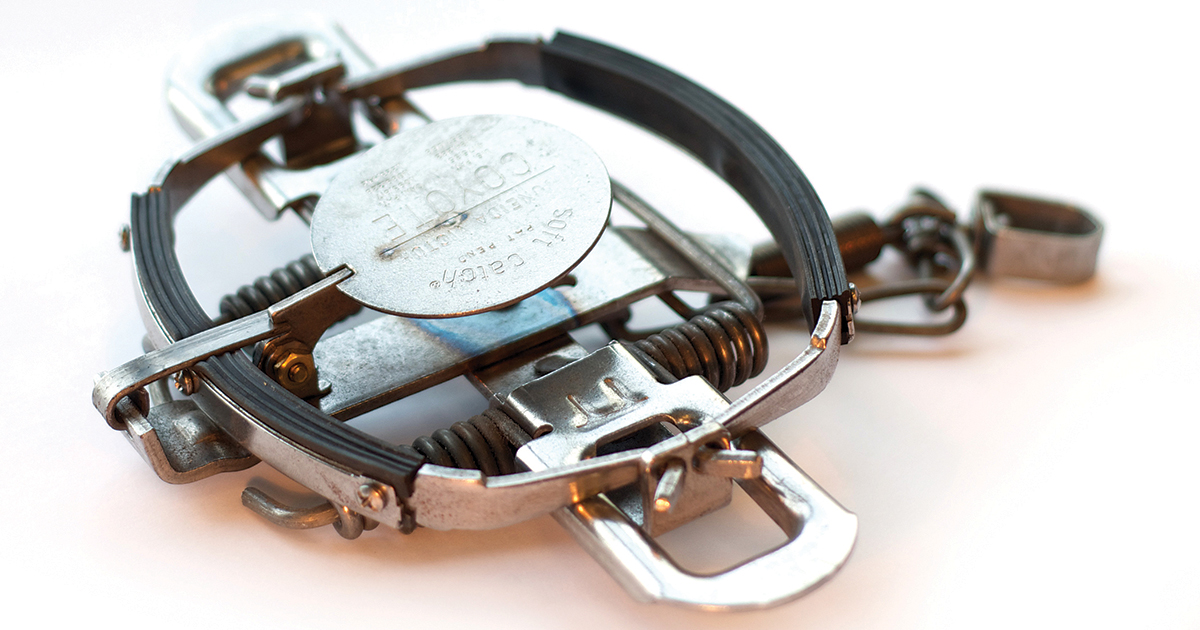
The Agreement on International Humane Trapping Standards sounds nice, especially when you’re ready to trap and hold or trap and kill an animal. But what that agreement really does for animals is far from how the spin from trappers.
Read a history of the AIHTS
The Agreement does not make humane traps. It led to long-term testing of traps (costing taxpayers millions) to find ways to make the immediate damage caused by traps less cruel. For example, with leg-hold traps certified as “humane” under the Agreement:
- 80% of animals must "not show any signs of poor welfare" ("poor welfare"meansno self-mutilation, excessive immobility, fractures, severance of tendon or ligament, severe external haemorrhage, internal haemorrhage, skeletal muscle degeneration, spinal cord injury, severe internal organ damage, amputation and death).This is impossible to verify as accurate in the wild, as the nature of trapping makes it almost impossible for enforcement officers to ensure animals aren't suffering in the above-mentioned ways. This is especially true given that traps are not selective.
- Since only 80% of the animals even have to be 'protected' on paper, this means thatof the 47,340 coyotes trapped for their fur in 2009, under the AIHTS agreement, 9,468of them are even 'allowed' to show signs of 'poor welfare'.
Additionally, many of the injuries sustained do not occur from the trap itself, but from a wild animal being restrained – and doing whatever it takes to get away from the device holding them against their will. Speaking with any humane society, wildlife rehabilitator, or advocate who has witnessed the damage a “humane” trap can do will give anyone pause.
Dog broke 17 teeth after moments in a leg-hold trap
Humane traps, under the agreement, include leg-hold traps, foot-hold traps, Conibear traps (like giant rat traps), and others. All of these traps can and do catch dogs, cats, and other non-target species.
Any device designed to hold an animal against their will – and particularly one that allows them to suffer for hours or even days (which is legal with many of these traps) – cannot be humane. They’re just cruel.
